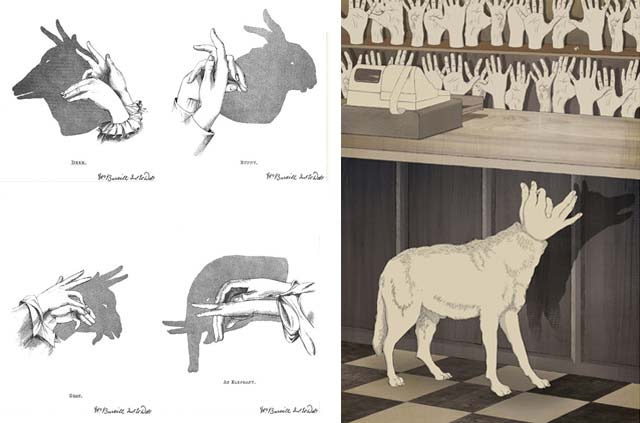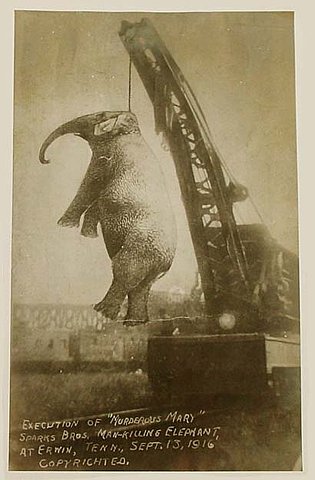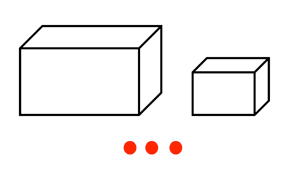The Critique of Judgment, published in 1790, not only closes off Kant’s system as the end toward which Enlightenment thought had always tended, but also, in Deleuze’s interpretation, inaugurates Romanticism, (…) represents nothing less than “the foundation of Romanticism.”
{ Kant, Romantic irony, Unheimlichkeit | Cambridge University Press | Continue reading | PDF }
Kant (1724–1804) defines his theory of perception in his influential 1781 work The Critique of Pure Reason, which has often been cited as the most significant volume of metaphysics and epistemology in modern philosophy. Kant asserts that experience is based both upon the perception of external objects and a priori knowledge.
The Critique of Practical Reason (1788), is the second of Kant’s three critiques, deals with his moral philosophy. While the first Critique suggested that God, freedom, and immortality are unknowable, the second Critique will mitigate this claim.
Kant’s contribution to aesthetic theory is developed in the Critique of Judgment (1790) where he investigates the possibility and logical status of “judgments of taste.” After A. G. Baumgarten, who wrote Aesthetica (1750–58), Kant was one of the first philosophers to develop and integrate aesthetic theory into a unified and comprehensive philosophical system.
{ Wikipedia | Continue reading }
To understand the project of the Critique better, let us consider the historical and intellectual context in which it was written. Kant wrote the Critique toward the end of the Enlightenment, which was then in a state of crisis. Hindsight enables us to see that the 1780’s was a transitional decade in which the cultural balance shifted decisively away from the Enlightenment toward Romanticism, but of course Kant did not have the benefit of such hindsight.
The Enlightenment was a reaction to the rise and successes of modern science in the sixteenth and seventeenth centuries. The spectacular achievement of Newton in particular engendered widespread confidence and optimism about the power of human reason to control nature and to improve human life. One effect of this new confidence in reason was that traditional authorities were increasingly questioned. For why should we need political or religious authorities to tell us how to live or what to believe, if each of us has the capacity to figure these things out for ourselves? (…)
Enlightenment is about thinking for oneself rather than letting others think for you. (…) The Enlightenment was about replacing traditional authorities with the authority of individual human reason, but it was not about overturning traditional moral and religious beliefs. (…)
So modern science, the pride of the Enlightenment, the source of its optimism about the powers of human reason, threatened to undermine traditional moral and religious beliefs that free rational thought was expected to support. This was the main intellectual crisis of the Enlightenment.
The Critique of Pure Reason is Kant’s response to this crisis. Its main topic is metaphysics because, for Kant, metaphysics is the domain of reason – it is “the inventory of all we possess through pure reason, ordered systematically” (Axx) — and the authority of reason was in question. Kant’s main goal is to show that a critique of reason by reason itself, unaided and unrestrained by traditional authorities, establishes a secure and consistent basis for both Newtonian science and traditional morality and religion. (…)
Hindsight enables us to see that the 1780’s was a transitional decade in which the cultural balance shifted decisively away from the Enlightenment toward Romanticism, but of course Kant did not have the benefit of such hindsight.
{ Stanford Encyclopedia of Philosophy | Continue reading }























